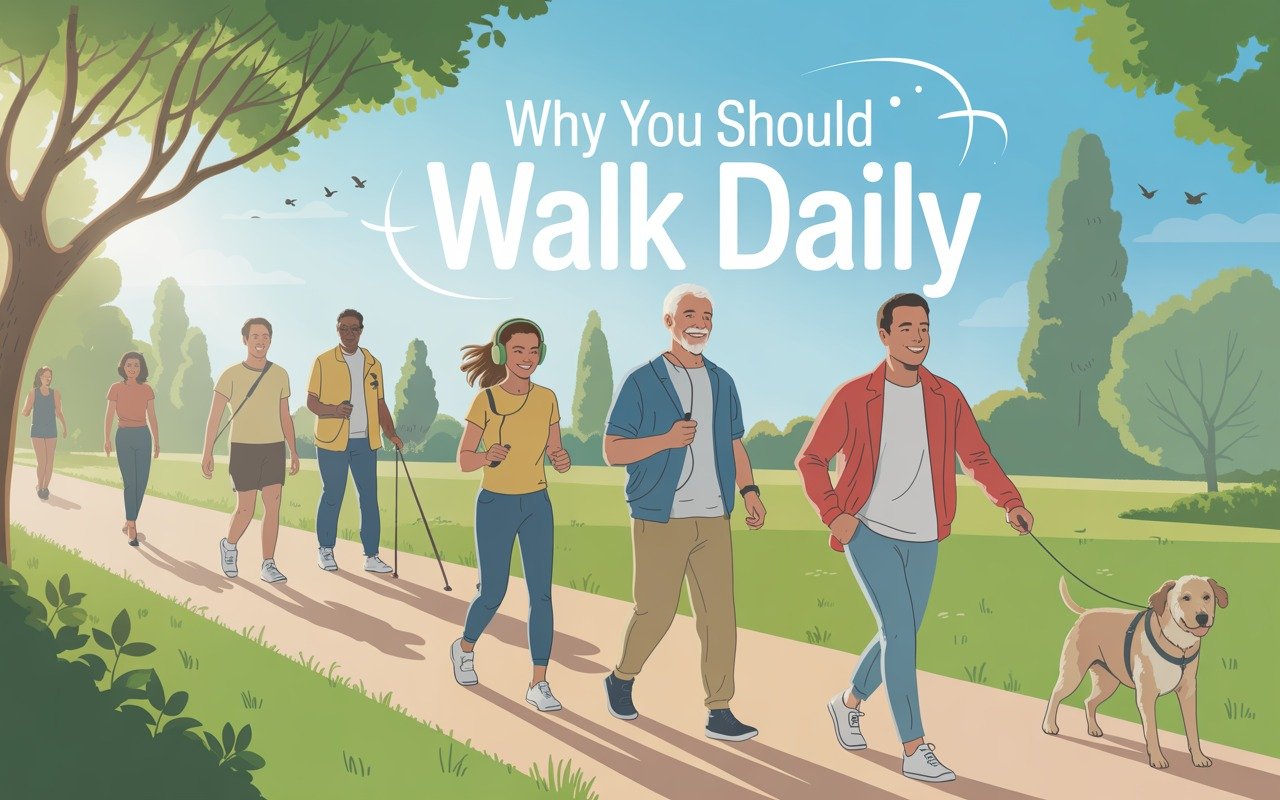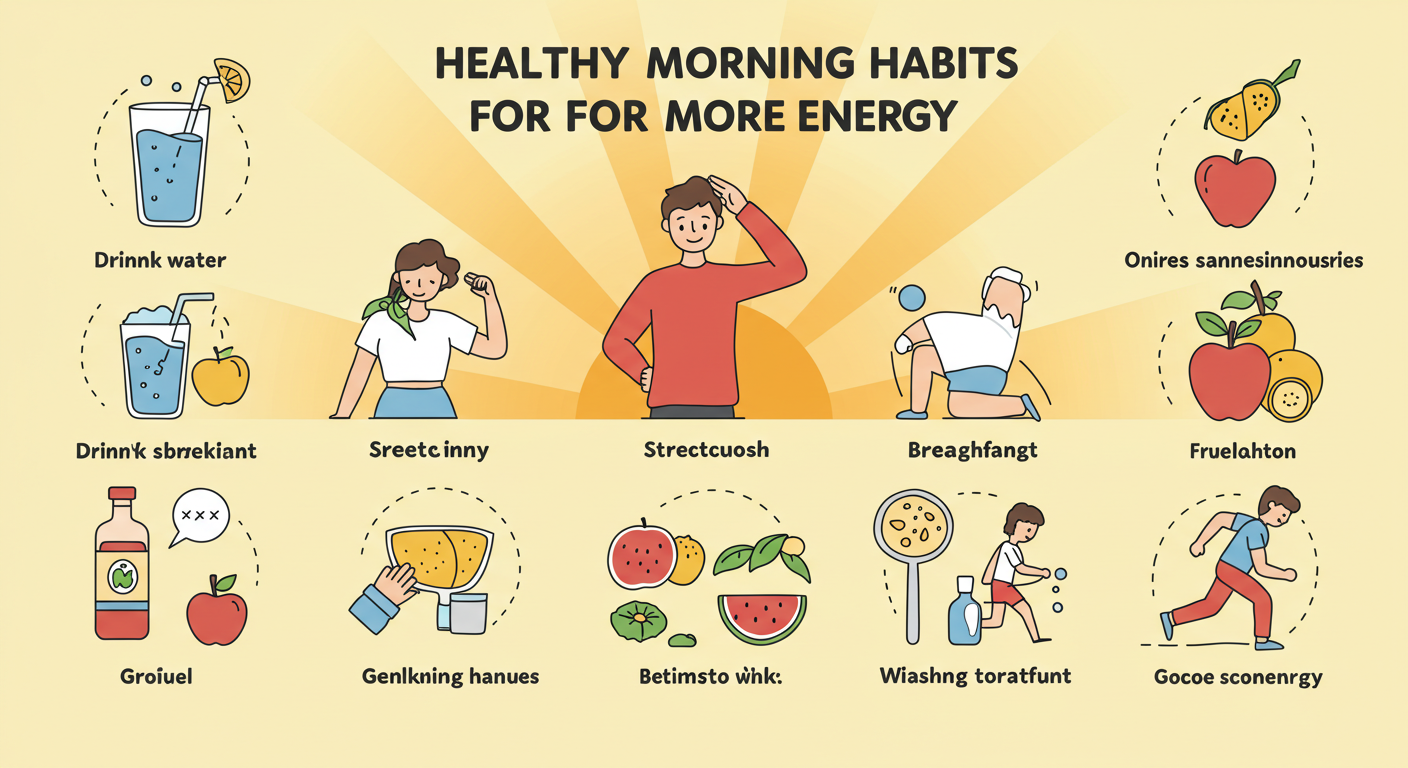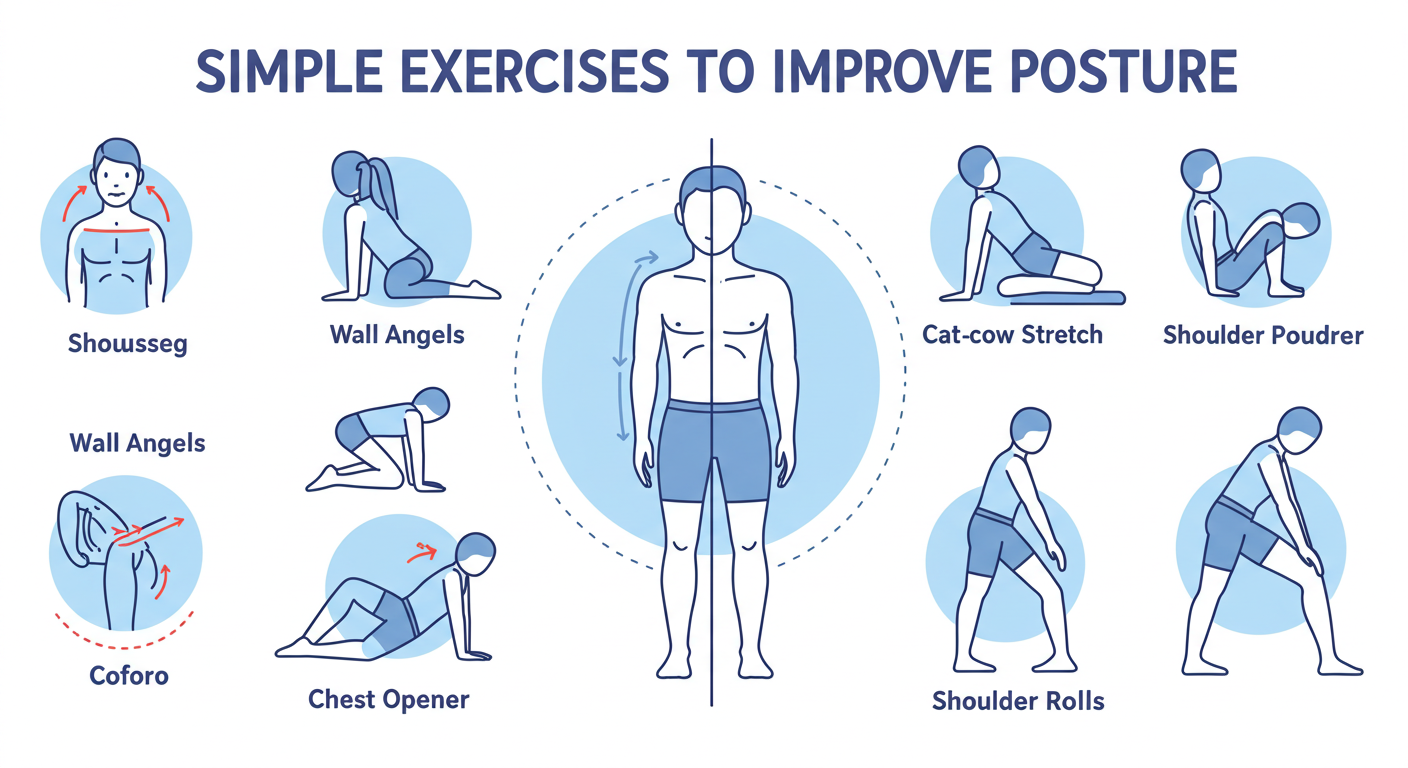Step Into a Healthier You
I’ve always found that walking is one of the easiest ways to improve and maintain my overall health, and it’s something anyone can do. Just 30 minutes a day of walking can work wonders, boosting cardiovascular fitness, helping to strengthen bones, and even reducing excess body fat. As someone who’s spent years juggling a busy schedule, I’ve learned that even short walks, done frequently, can be incredibly beneficial. Unlike vigorous forms of exercise that might feel daunting, walking is low impact and requires minimal equipment—no special training needed! It’s perfect for those who are overweight, elderly, or haven’t exercised in a long time, and it’s completely free. I remember when I started strolling around my neighbourhood streets, it wasn’t just about fitness; it became a fun, enjoyable part of my lifestyle.
The benefits of walking go beyond just feeling good. It’s a weight-bearing exercise, meaning you carry your body weight as you walk, which helps increase cardiovascular and pulmonary (heart and lung) fitness. I’ve noticed it’s reduced my risk of conditions like heart disease, stroke, hypertension (high blood pressure), high cholesterol, and even type 2 diabetes. It also eases joint and muscular pain or stiffness, improves balance, and increases muscle strength and endurance. For me, walking has been a game-changer in managing body fat and keeping conditions like osteoporosis and some cancers at bay. The best part? You can do it at your own pace, without the risks tied to more intense exercise.
If 30 minutes at once feels like too much, don’t worry—you can break it into small bouts of 10 minutes, 3 times a day, and gradually build up to longer sessions. I started this way, sneaking in walks to the local shops or taking the stairs instead of the lift. If your goal is to lose weight, walking longer than 30 minutes a day can help, and it’s an effective way to keep weight off. I often walk my neighbour’s dog, which not only motivates me but also makes it a social occasion. To make it part of your daily routine, try walking at a time that’s convenient, maybe with others or by joining a walking club. I keep an activity diary to track my walks, which makes it easier to stay consistent.
For a comfortable intensity, aim for a brisk pace where you can still talk but might be puffing slightly—no need to push until you’re breathless. I use a pedometer to measure my steps, aiming for the recommended 10,000 steps a day to maximize health benefits. Before starting, especially if you’re aged over 40 years, overweight, or haven’t exercised in a while, a medical check-up with a doctor is a smart move to ensure your new exercise program is safe. I always warm up with a slow leisurely walk, then increase speed, and finish with a gradual cool-down and stretches to avoid muscle stiffness or injury. Wearing comfortable shoes with good heel and arch supports prevents blisters or shin pain, and walking on grass instead of concrete feels gentler. With these strategies, walking becomes a pleasurable physical activity that’s easy to love.
Finding Your Perfect Walking Pace
When I first started walking to get more active, I wasn’t sure if I was moving fast enough to make a difference. If you’re not very active, like I was, you can increase your walking distance gradually—no need to rush. For those with joint problems, I’ve found that checking with a local swimming pool for exercise classes can be a great alternative, as the water supports your joints while you move and strengthen your muscles. If you can’t leave the house, free Fitness Studio exercise videos can help you stay active indoors. But for walking, the key is to aim for a brisk walk, about 3 miles an hour, which is faster than a casual stroll. You’ll know you’re walking briskly if you can still talk but can’t sing the words to a song. I love using the free Active 10 app on my smartphone—it tells you if you’re walking fast enough and suggests ways to fit more brisk walking into your day. You can download it from the NHS Better Health website.
Making walking a habit has been a game-changer for me. It’s the easiest way to include walking in your daily routine, like walking part of your journey to work, heading to the shops, or leaving the car behind for short journeys. I started walking my kids to school, which turned into a regular walk with a friend, and sometimes we’d stroll with family or friends after dinner. To keep things fun, I listen to music or a podcast while walking—it takes my mind off the effort, gets me into a rhythm, and makes me walk faster. My favourite tunes make the time fly! The Active 10 app also helps me track how fast I walk, sets goals to work toward, and rewards my progress, which keeps me motivated. It’s amazing how these small changes make walking feel rewarding.

To stay motivated, I mix up my walks for variety. You don’t need to travel to the countryside—towns and cities offer interesting walks through parks, heritage trails, canal towpaths, riverside paths, commons, woodlands, heaths, or nature reserves. I’ve found that joining a walking group, like those organised by Ramblers, is a great way to start walking, meet new friends, and stay committed. Ramblers organises group walks for health, leisure, and getting around, perfect for people of all ages, backgrounds, and fitness levels. You can find locally organised walks in towns, cities, or the countryside by visiting the Ramblers website. Whether it’s a solo walk or with a group, walking keeps me fit and feels like a natural part of my daily life.
The Power of a Daily Stroll
I’ve found walking to be a game-changer for my health, and it’s good for everyone, no matter your age or fitness level. It’s free, needs only a sturdy pair of walking shoes, and can be easily incorporated into your daily routine. The benefits are numerous, from boosting mood to inspiring creative thinking. I love how a short walk after eating helps lower blood sugar—a 2022 review of studies showed light walking throughout the day has a big effect on postprandial blood sugar levels compared to standing. It’s perfect for a quick break from sedentary activities like sitting at work, letting you fit exercise into your day without needing large chunks of time. For me, walking outdoors clears my mind, opens a free flow of ideas, and helps me relax—it’s a simple way to spark creativity while staying active.
Walking also burns calories, helping you maintain or lose weight depending on factors like walking speed, distance covered, terrain (like uphill vs. flat surface), and your body weight. I use a calorie calculator or a chart for an estimate, but even a brisk 30-minute walk 3 days a week makes a difference. It strengthens the heart, improving cardiovascular risk factors like blood pressure, body mass index (BMI), and endothelial cell health and function (the cells that line blood vessels). I’ve noticed it reduces my risk of heart disease and lengthens my life span—a study found fast walkers, especially women with heart disease, had a 28% reduced risk of death and a lower hospitalization rate compared to slow walkers. If I increase the duration or distance, the reduction in risk grows even more.
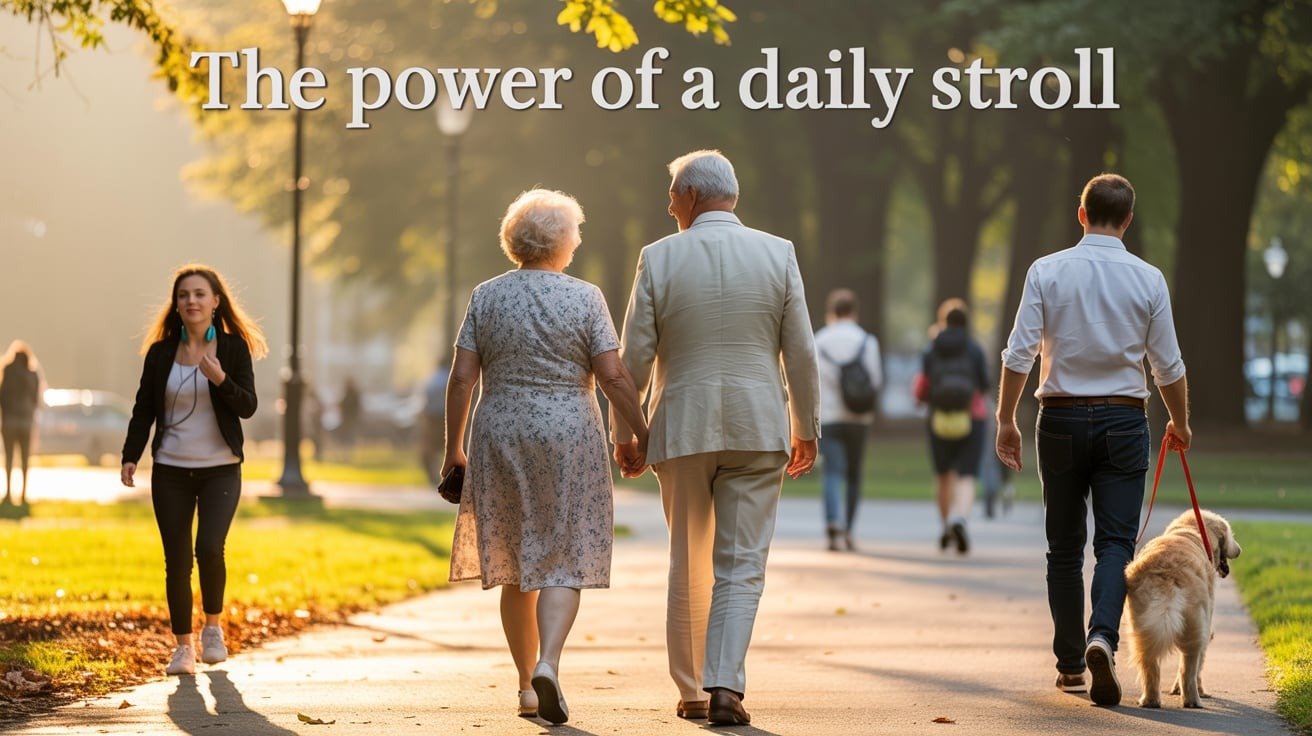
For those with arthritis or joint pain, walking can ease symptoms by lubricating and strengthening muscles that support the joints, like the knees, while stabilizing and protecting them from damage. It also alleviates joint pain and stiffness, making it a gentle way to stay active. I’ve found walking in a hilly area or on a treadmill with an incline helps tone and strengthen my leg muscles, especially when I mix in routes with stairs or trade walking with cross-training activities like cycling or jogging. Adding resistance exercises like squats, lunges, or leg curls builds even more strength. For people with limited mobility, a treadmill or indoor mall walk works well in a cold climate. Walking is a moderate-intensity exercise that can be broken into three 10-minute walks for the same benefits.
Walking also boosts immune function, helping reduce the risk of developing a cold, flu, or other illnesses—a 2018 study synthesizing research from 1900 to the present showed consistent exercise improves immune regulation. It increases oxygen flow, elevates levels of epinephrine and norepinephrine (hormones regulating the central nervous system), and decreases cortisol (a stress hormone), giving an effective energy boost when I’m feeling tired. It improves mental health, reducing anxiety, depression, and negative mood while boosting self-esteem and easing social withdrawal symptoms. I often have walking meetings with colleagues when we’re stuck on a problem at work—it’s amazing how it encourages creative thinking. To stay safe, I follow tips like walking in designated pedestrian areas, choosing well-lit spots, wearing a reflective vest or light in the evening or early morning hours, using sturdy shoes with good heel and arch support, opting for loose, comfortable clothing, drinking plenty of water to stay hydrated, and wearing sunscreen to prevent sunburn, even on cloudy days.
Step Toward a Healthier You
I’ve learned that walking is a simple yet powerful way to improve my health and fitness, and it’s something everyone can do to live a healthier life. The benefits are huge—it helps maintain a healthy weight, lose body fat, and prevent or manage conditions like heart disease, stroke, high blood pressure, cancer, and type 2 diabetes. When I started, I was an average walker, but by walking faster and farther frequently, I noticed greater benefits like improved cardiovascular fitness, stronger bones and muscles, and increased muscle endurance. A brisk walk, like aiming for a mile in a shorter amount of time, feels like power walking and is a great way to get aerobic activity while burning calories. I sometimes alternate periods of brisk walking with leisurely walking for interval training, which boosts cardiovascular fitness and burns more calories in less time.
To make walking a daily habit, I focus on technique—keeping my head up, looking forward (not at the ground), with my neck, shoulders, and back relaxed, not stiffly upright. I swing my arms freely with a slight bend in my elbows, sometimes pumping them, while keeping my stomach muscles slightly tightened and my back straight, not arched forward or backward. I walk smoothly, rolling my foot from heel to toe, which makes every stride feel purposeful. I choose the right gear: comfortable, loose-fitting clothes, moisture-wicking fabrics, and shoes with proper arch support, a firm heel, and thick, flexible soles to cushion my feet and absorb shock. When I walk outdoors in dark or cooler weather, I wear bright colors, reflective tape, a hat, sunglasses, and sunscreen for visibility and safety. If the weather isn’t appropriate, I consider walking in a shopping mall that offers open times for walkers.
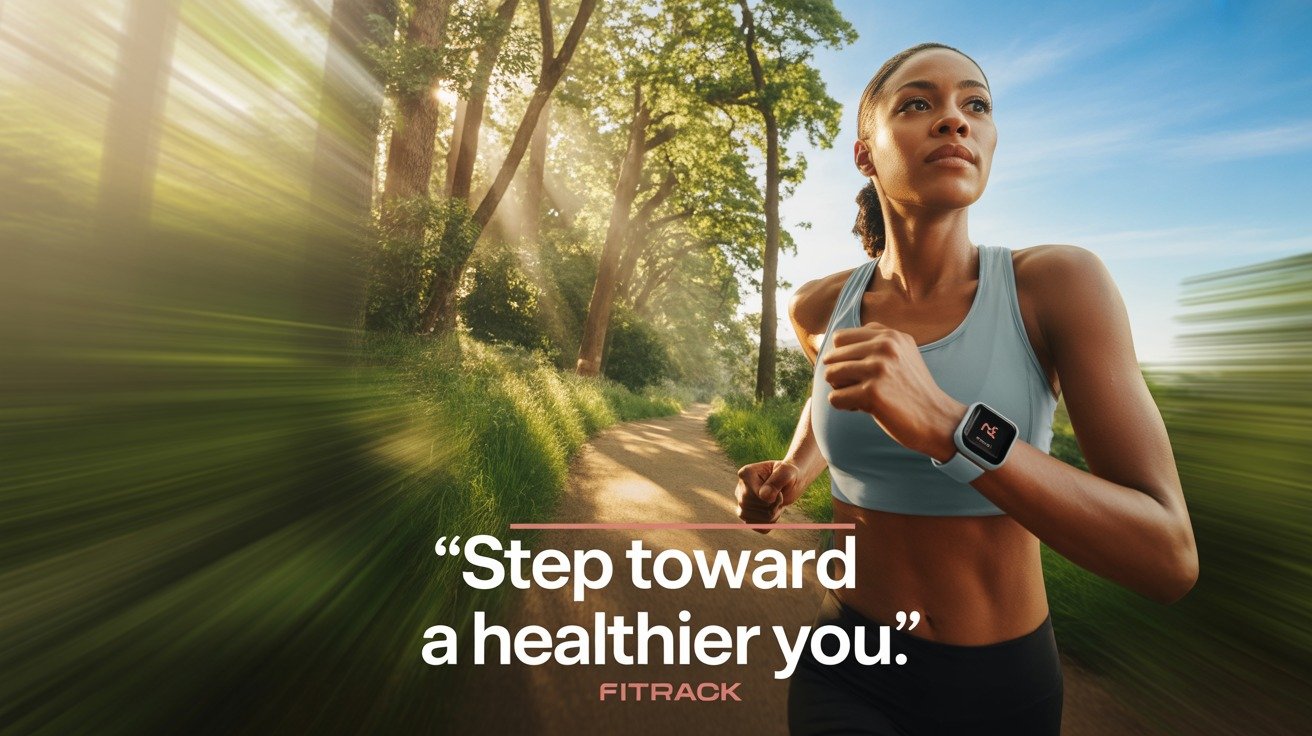
Starting a walking routine takes initiative, but sticking with it requires commitment. I set realistic goals, like a 5 or 10-minute walk during my lunch break, building up to 30 minutes a day, as the Department of Health and Human Services recommends for healthy adults. For greater health benefits, I aim for 150 minutes of moderate aerobic activity or 75 minutes of vigorous activity a week, spread over the week. Even small amounts of physical activity, like short sessions, add up to provide health benefits. I track my progress using an activity tracker, app, or pedometer to calculate steps, distance, heart rate, and calories, keeping a record in a walking journal for inspiration. If I find myself skipping daily walks, I remind myself how good it feels to stay active and get back on track. Walking also improves mood, cognition, memory, sleep, balance, coordination, and reduces stress and tension while strengthening the immune system.
To stay motivated, I make walking enjoyable by varying my routine—planning different routes in my neighborhood, city, or state park, or taking routes with hills or stairs to build strength. If I’m walking alone, I tell someone my route and choose safe, well-lit locations. I ask a friend or neighbor to join me, or I get energized by groups and join a health club or walking group. Listening to music makes the time fly, and I try walking faster for a few minutes, then slow for a few, repeating the cycle for variety. I always warm up by walking slowly for five to 10 minutes to prepare my body, then cool down and gently stretch my muscles to avoid soreness. For strength training, I do exercises for major muscle groups two times a week, using weight or resistance to tire my muscles after 12 to 15 repetitions. Starting slowly, especially if you haven’t been exercising regularly, and increasing time by five minutes each week to reach 60 minutes most days keeps walking a great destination for better health.






